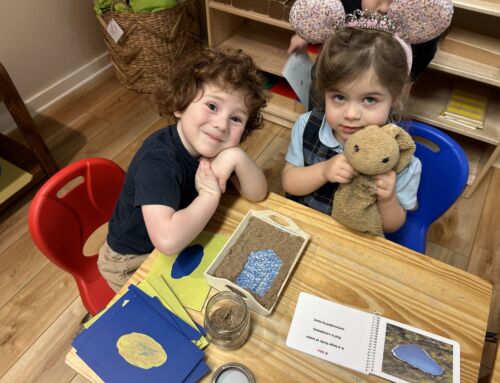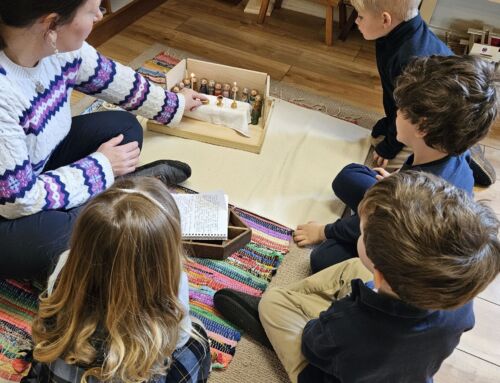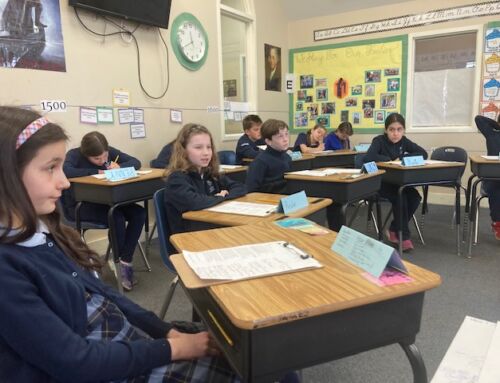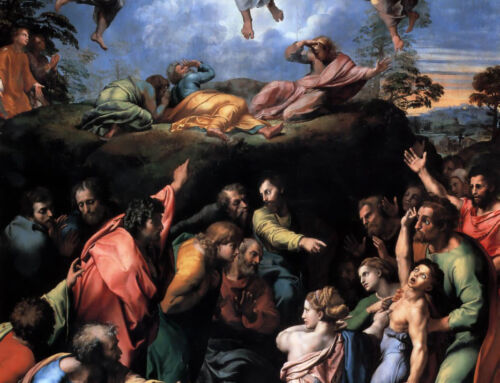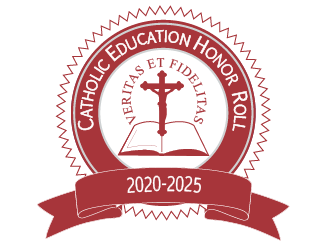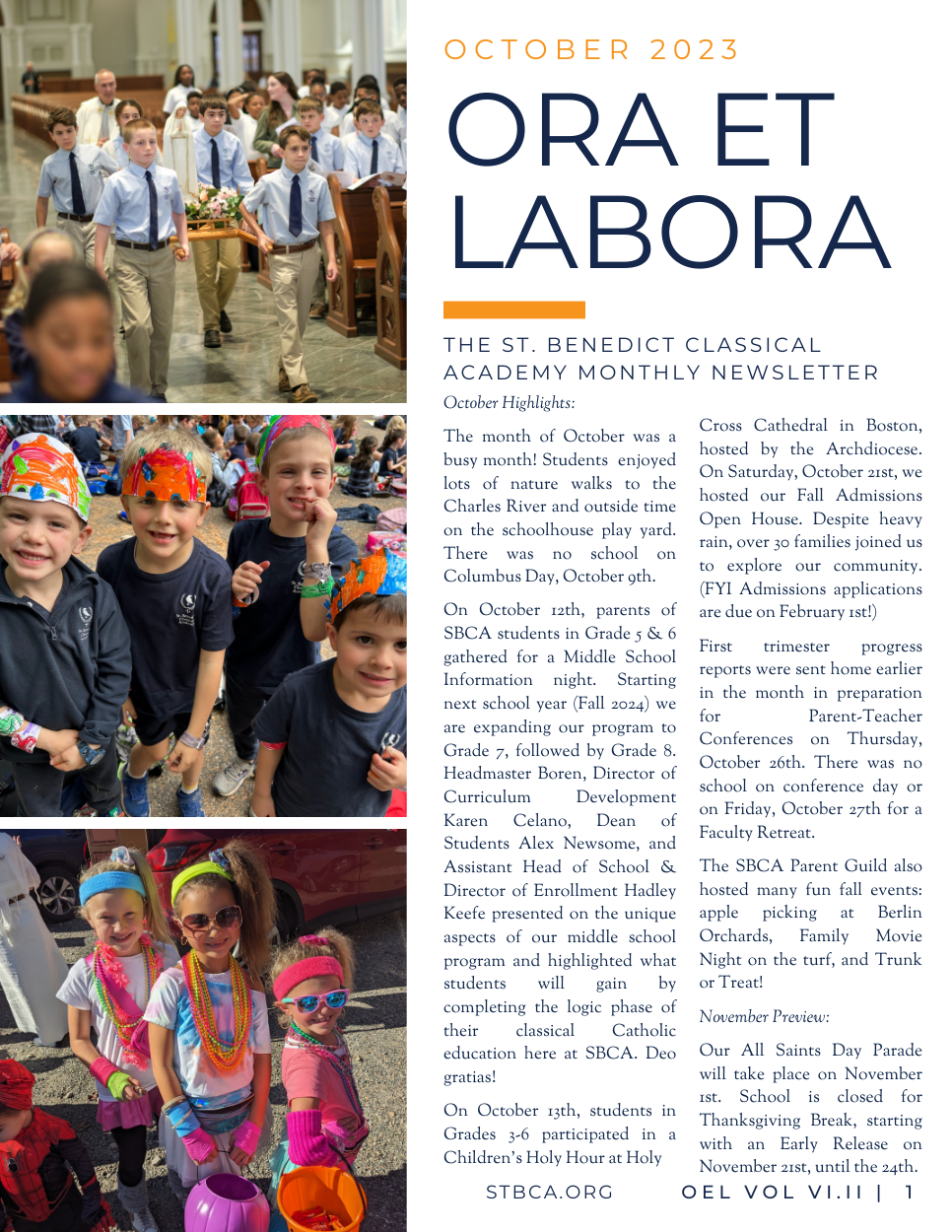One of the most challenging and rewarding aspects of my position at SBCA is teaching logic to a group of 6th graders twice a week. It is one of the boldest aspects of our curriculum. It involves showing 11-12-year-old children, who are just beginning to become aware of their analytic faculties, how to begin to use such faculties properly. This is no small feat when you consider that teaching logic is challenging enough when you are instructing a group of college freshmen let alone a group not even in high school.
And yet, this is demanded by both the classical curriculum, as well as our Catholic tradition, and rightfully so. Logic is at the heart of the liberal arts, for it first teaches a student how to think, before it attempts to instruct on loftier topics. It teaches a student, from a young age, to think in an orderlyfashion. It also represents an attempt to teach our children the “ratio” of the Fides et Ratio; it gives our students a window into the mind of God, who is the source of reason.
To explain this rich definition of logic to a 6th grader, however, is difficult from conception. Most of my students have memorized a definition I have given them, something like: “A method by which we organize our way of thinking,” though understandings of what this definition actually entails varies. However, my students are, perhaps more importantly, beginning to develop logical intuition. I will often put an argument on the board and ask, “Is this a good argument?” and these days, they can at least say “no” when it is not. Sometimes, they can even point to which premise makes the argument go south, even if they cannot articulate why.
Other than this kind of exercise, we spend much of our time working on traditional analytic puzzles, things like: “If Tommy sat next to Rebecca, but cannot sit next to Michael, and if Anthony sat next to Barbara, but cannot sit next to Rebecca, etc., etc.”— you know, prompts we hated on the SATs. And certainly, such exercises will in fact prep them for standardized testing like the SATs, the GRE, and the LSAT. But more importantly, the exercises act as primers toward understanding the inner-workings of logic: what operations work in the logical universe, and what operations fail. While teaching a 6th grader a fallacy may not always be realistic, these exercises, done in groups, provide the students with a fun and lightly competitive way set them on the right course for future engagements with logic.
Author: Michael LaChimia, 5th Grade Teacher

